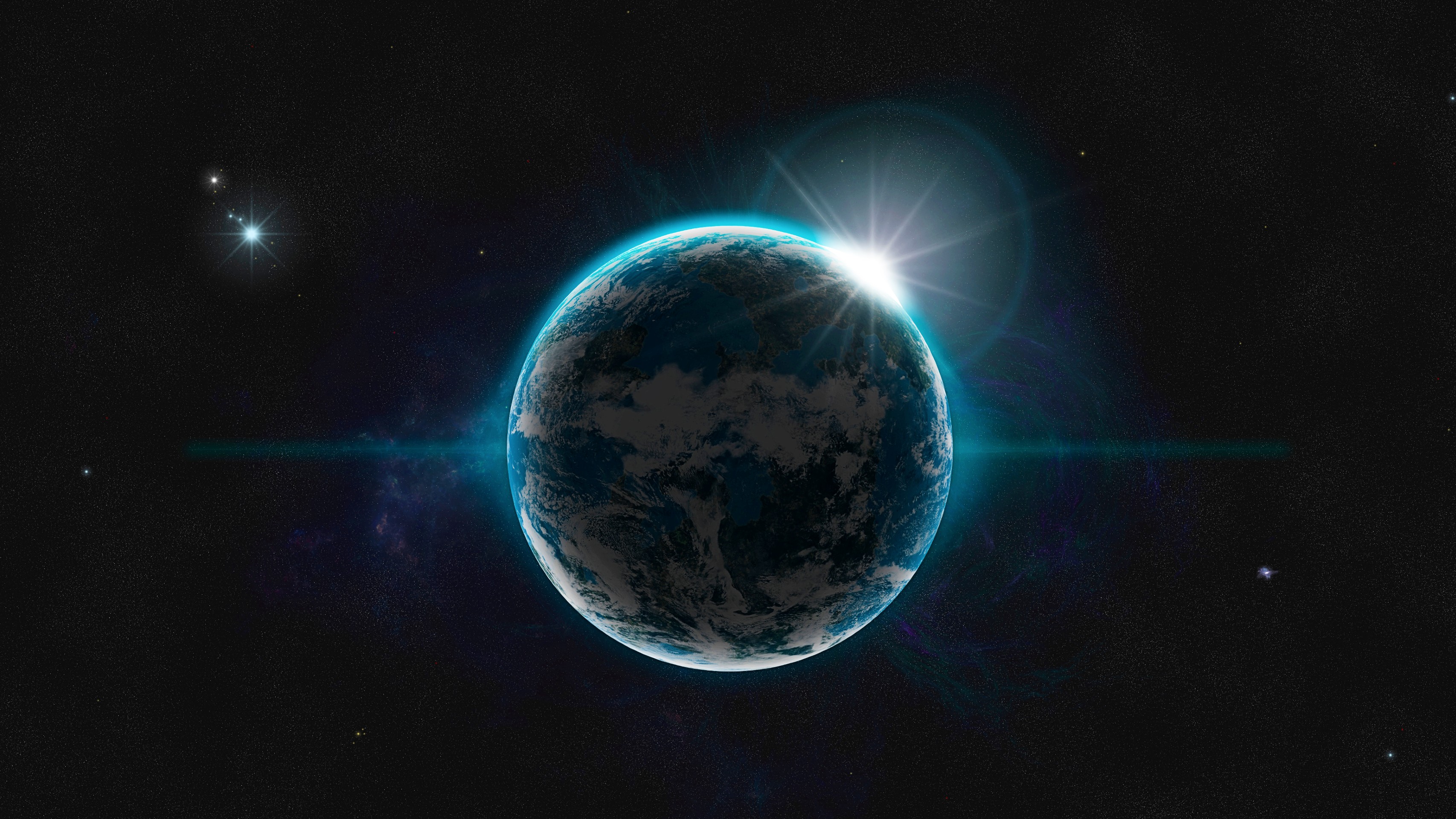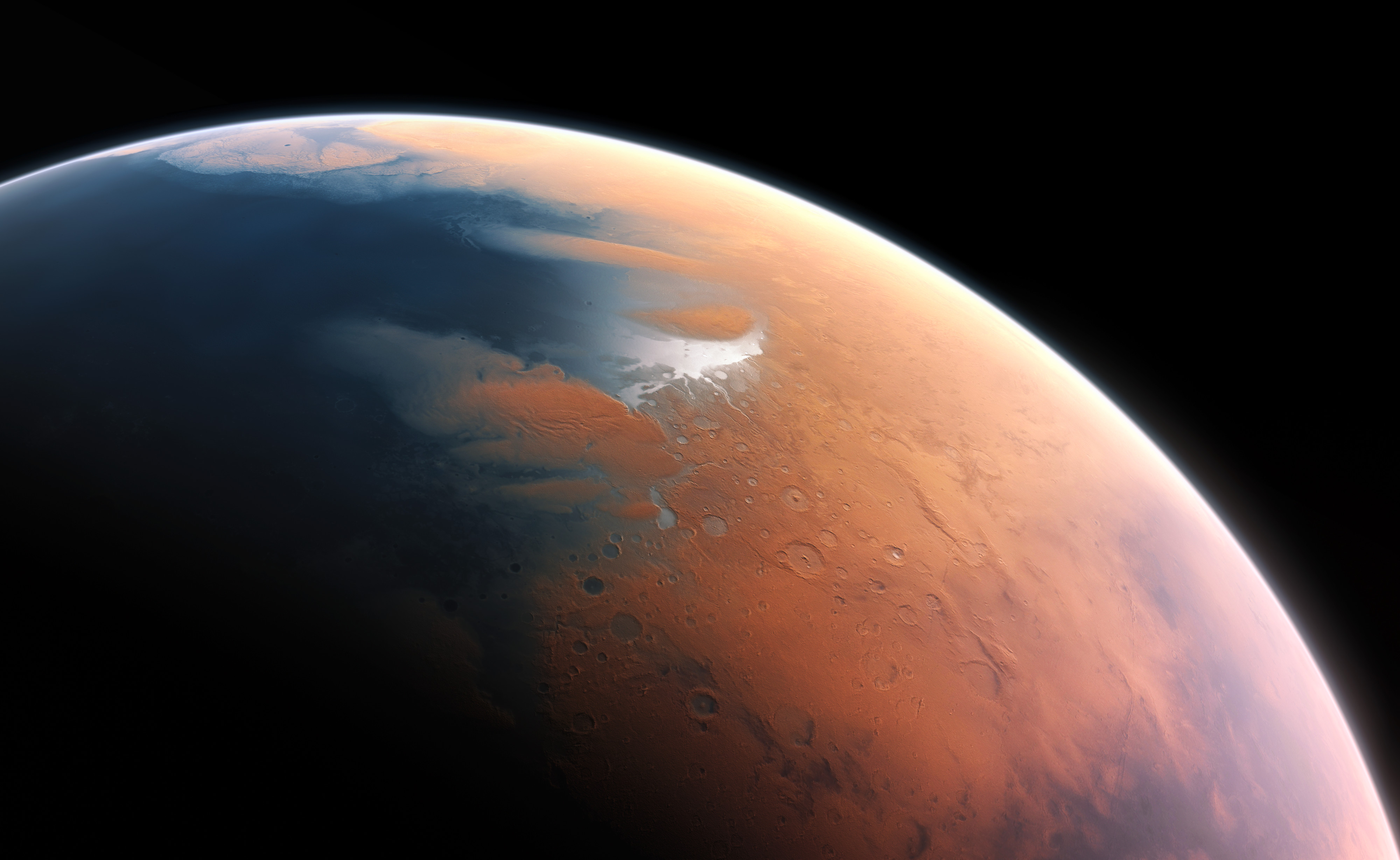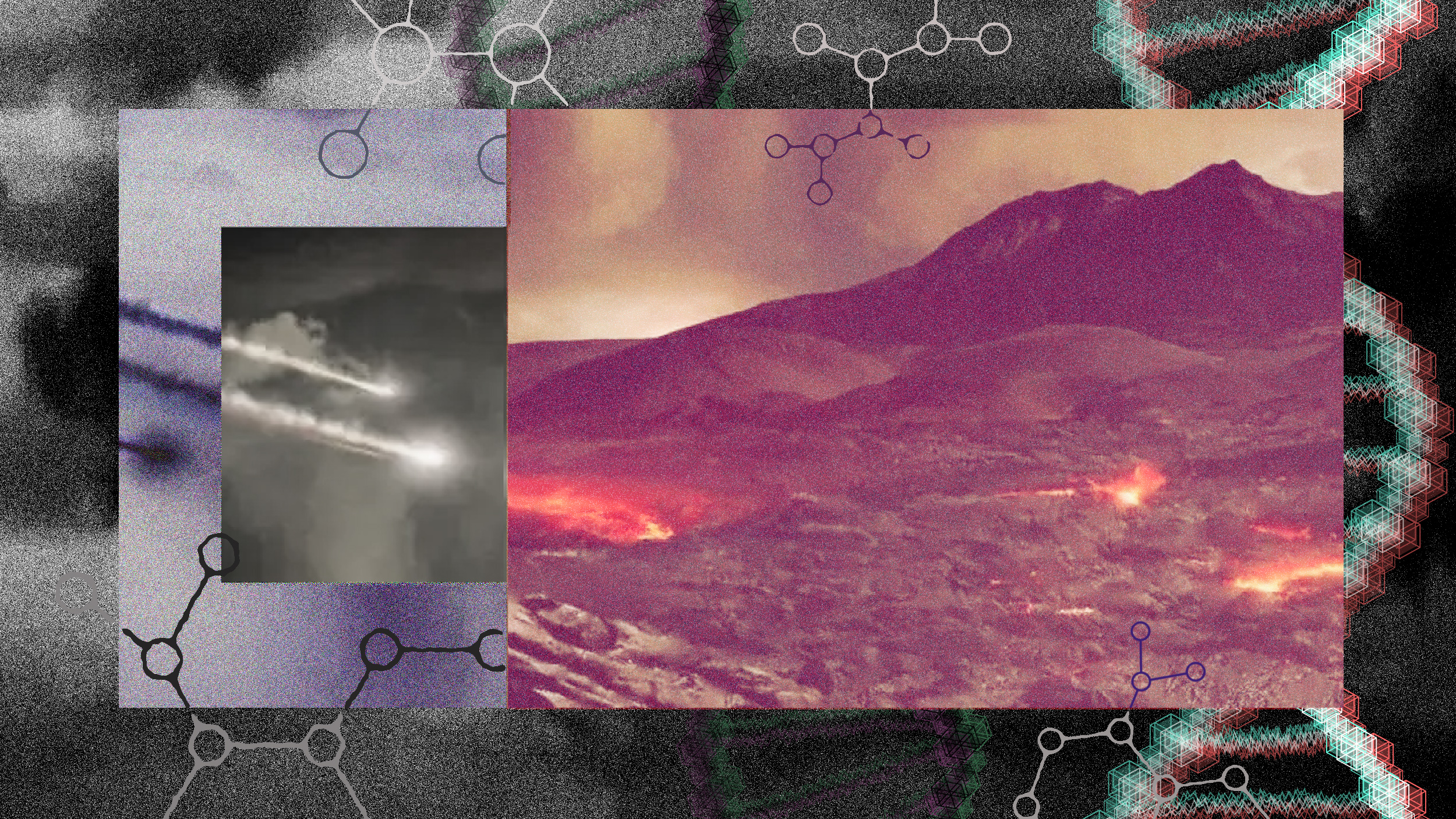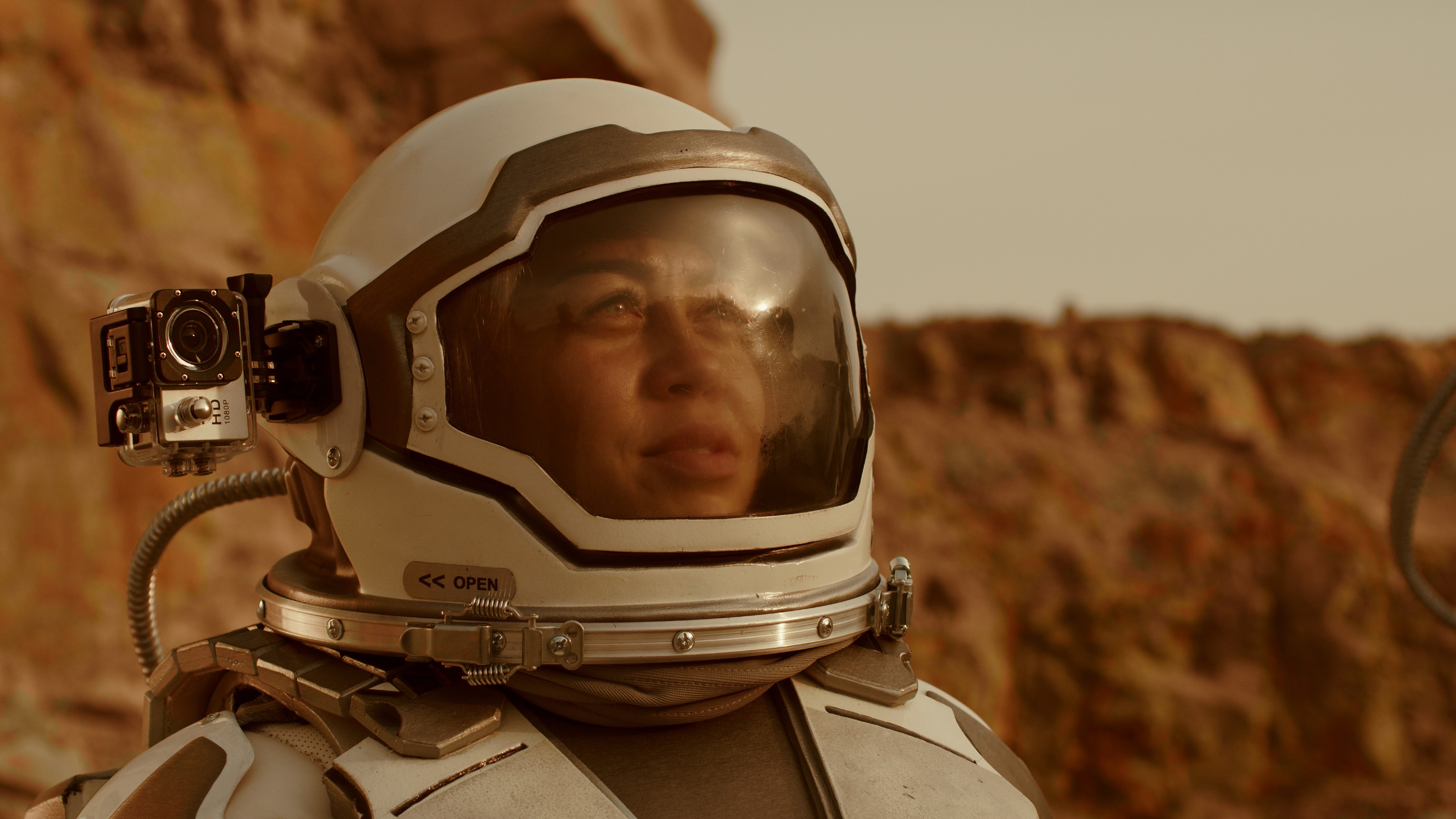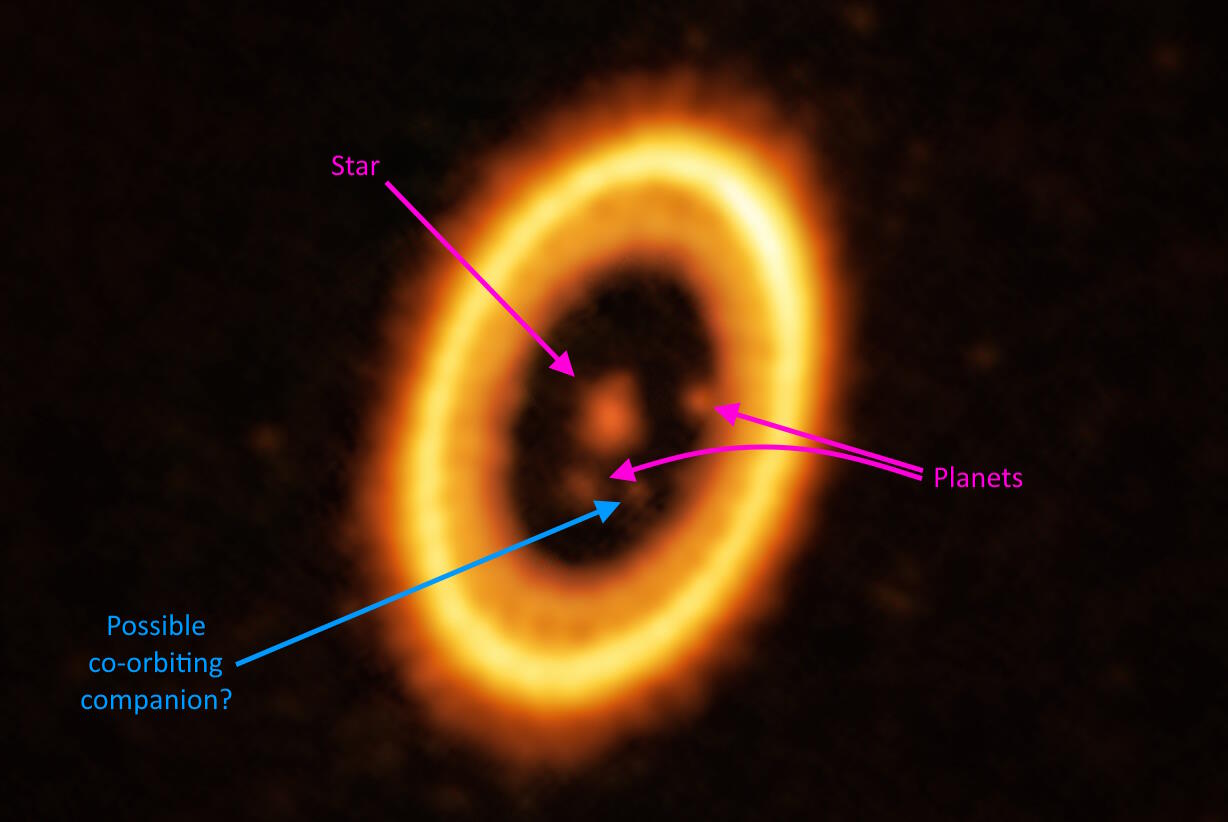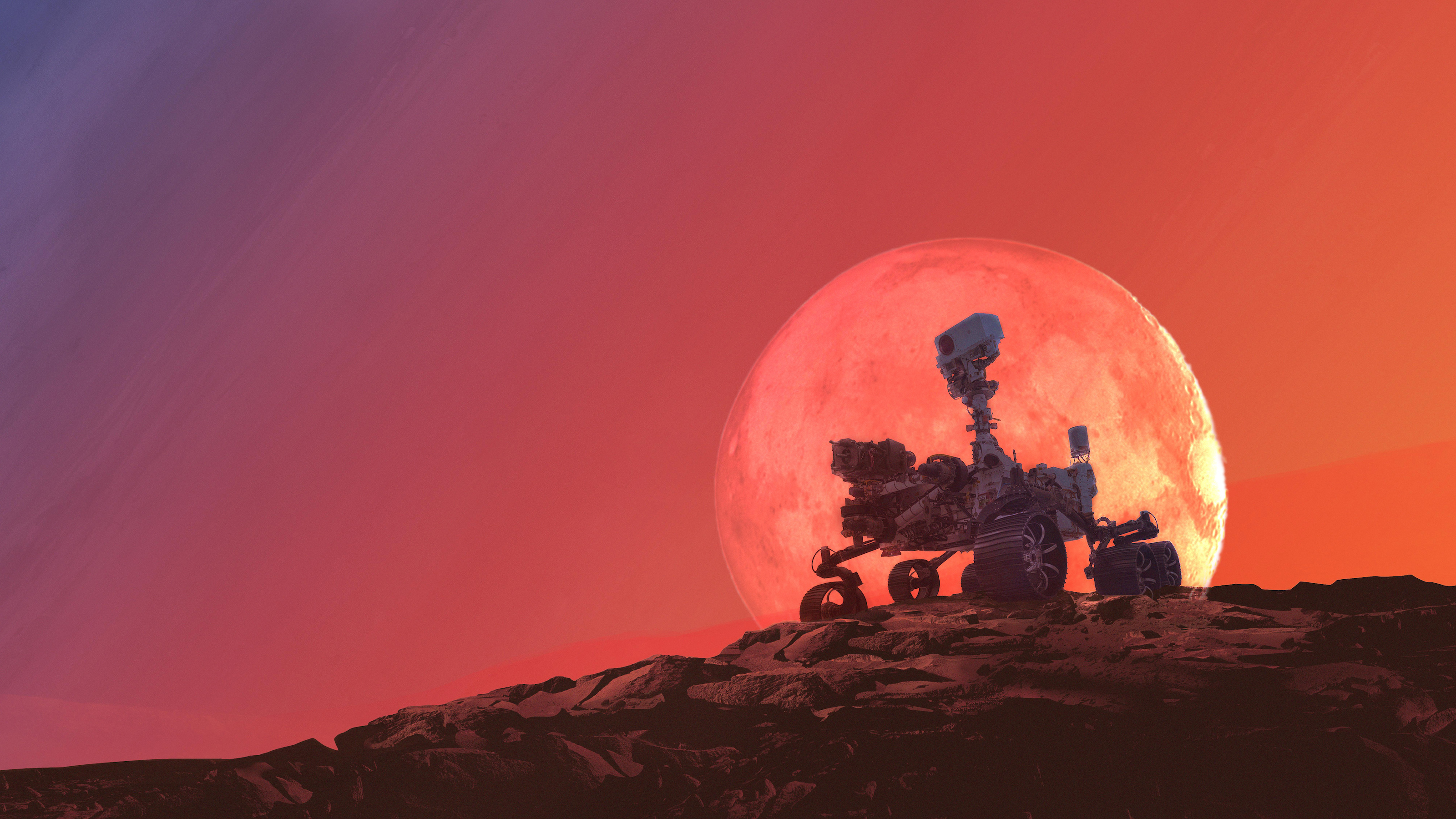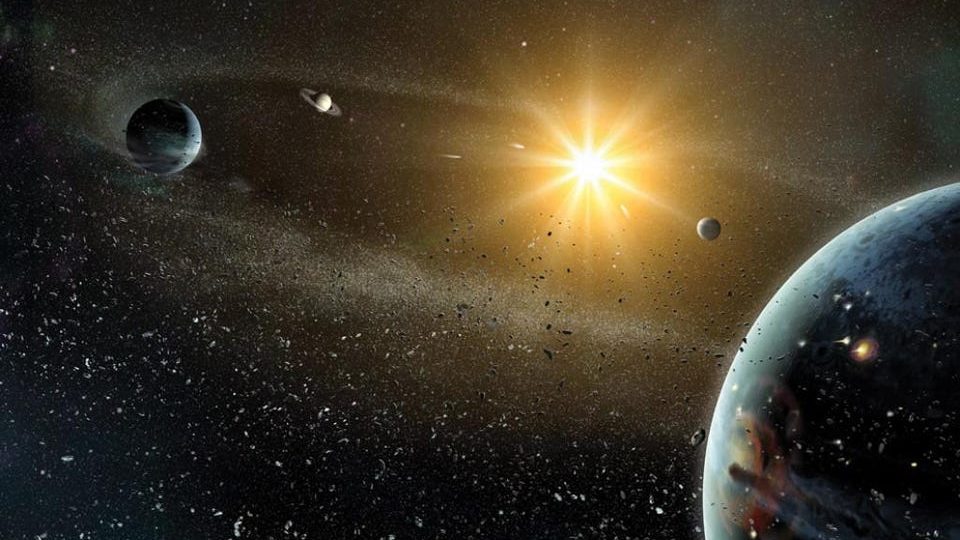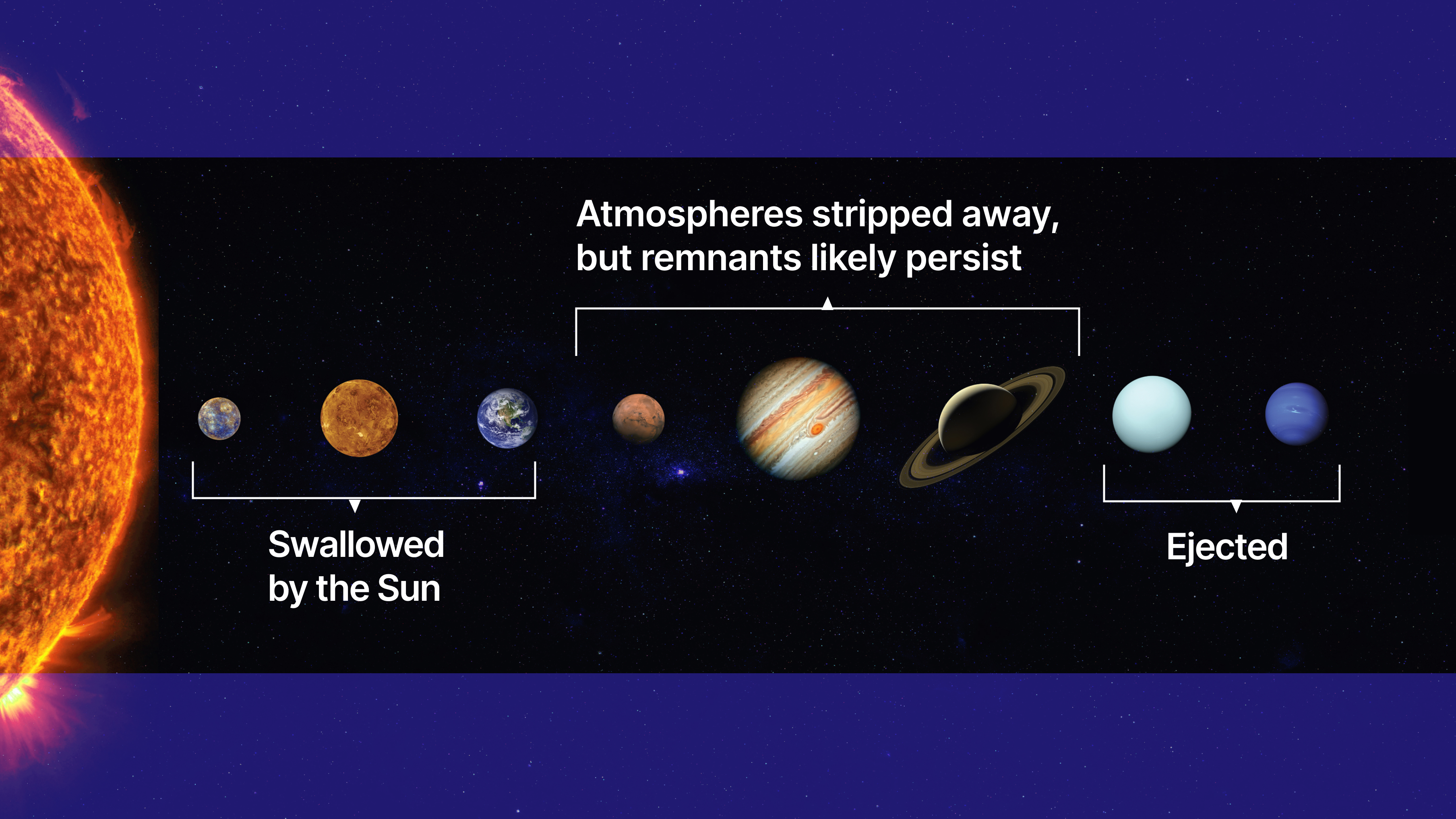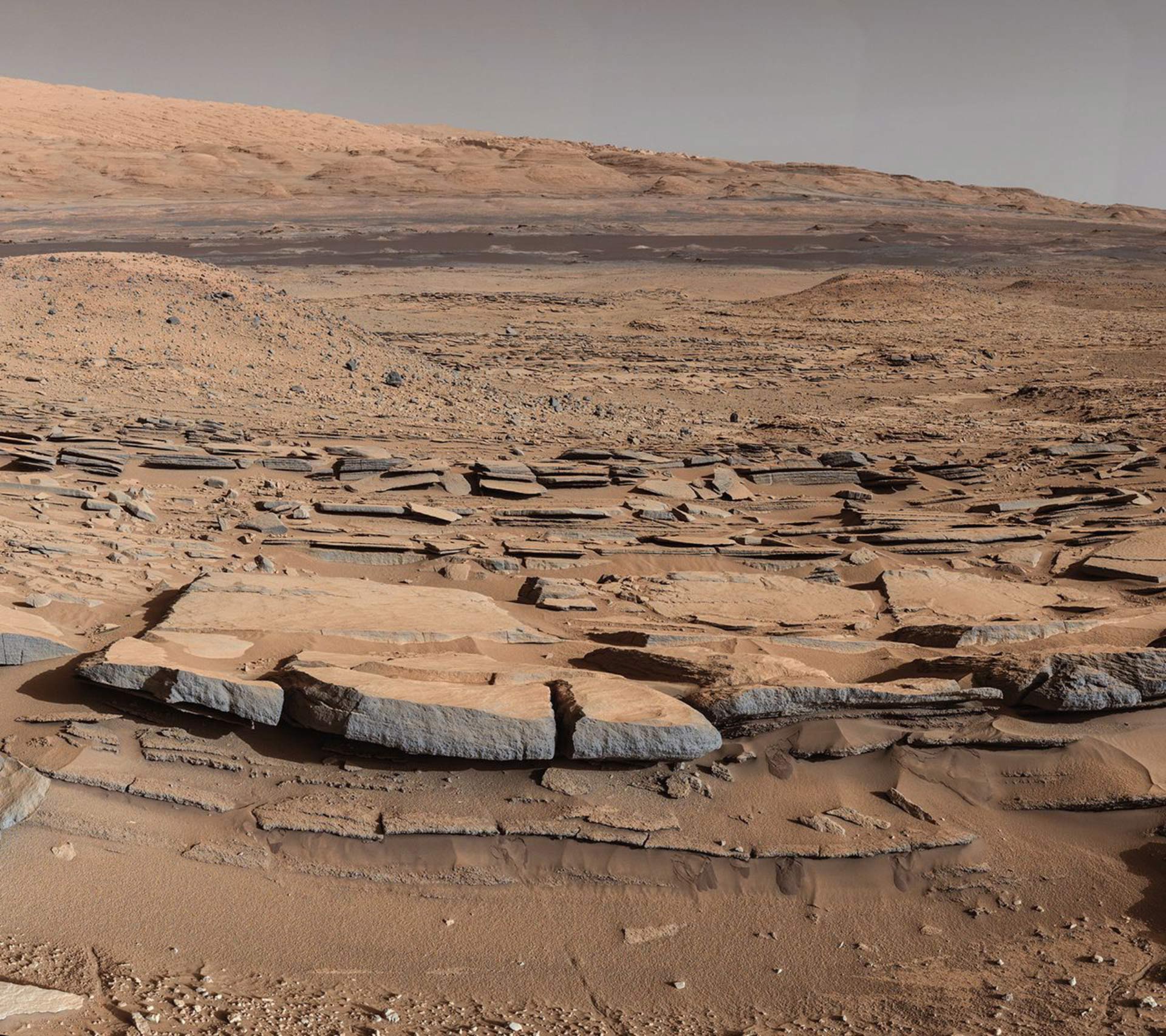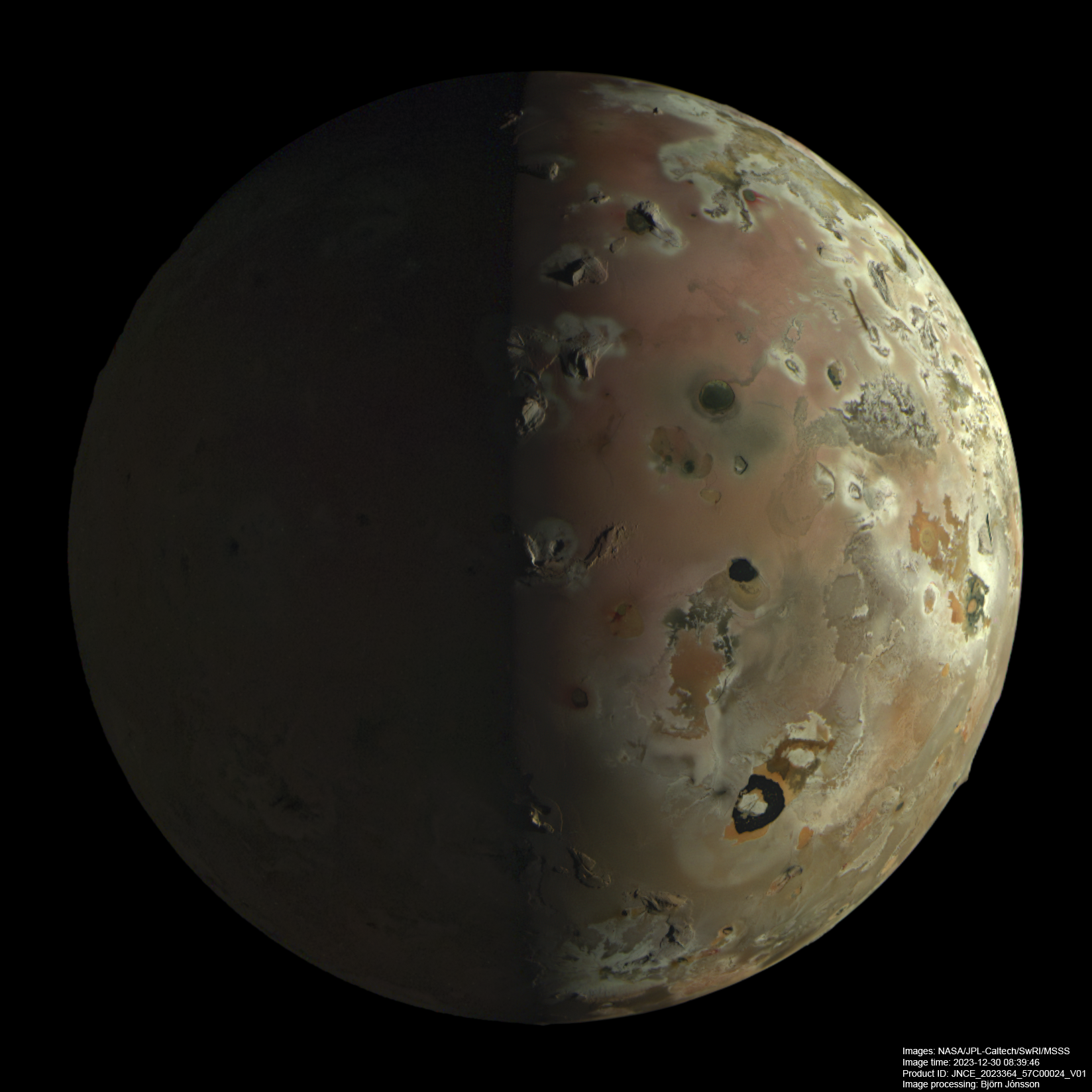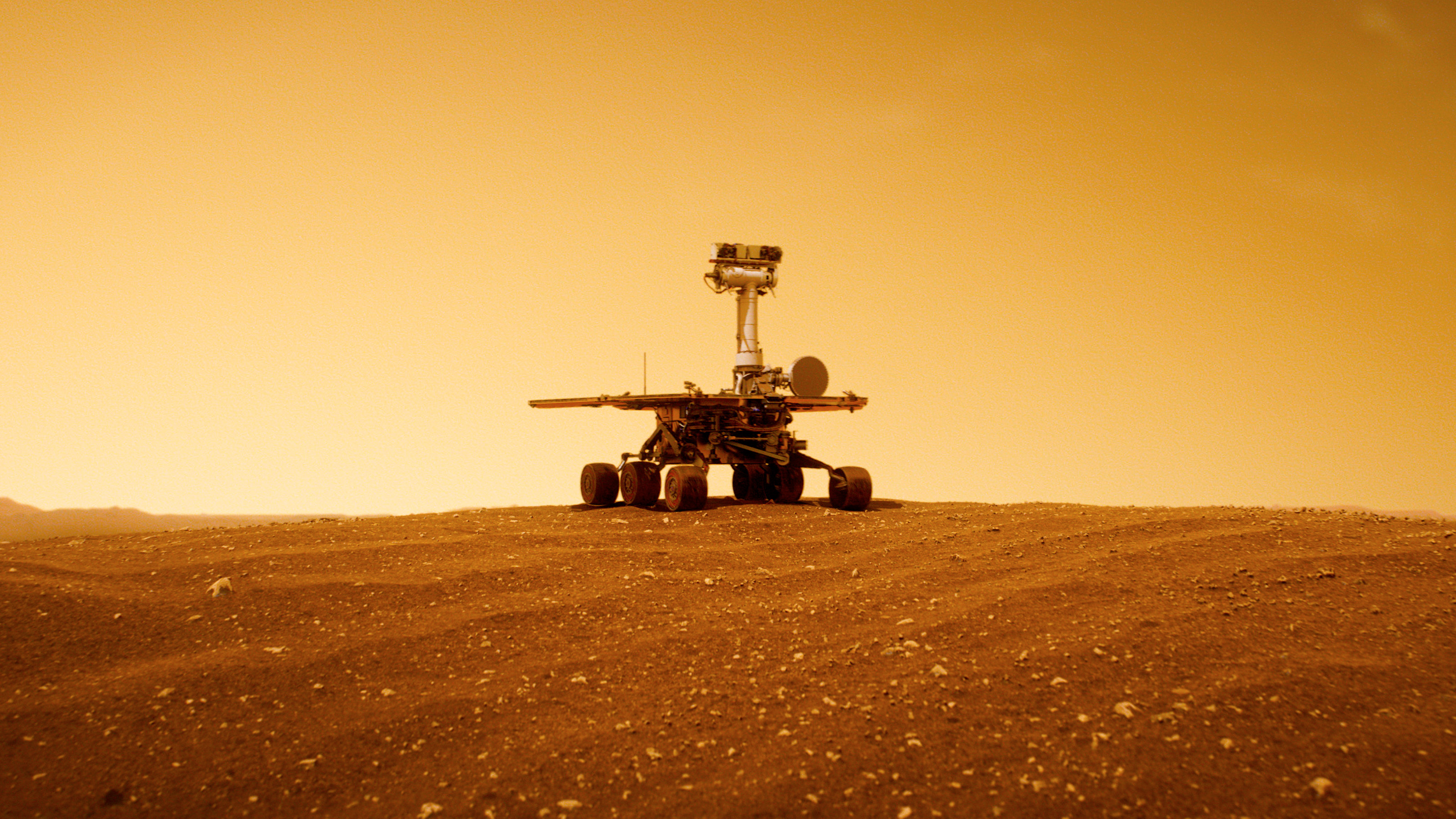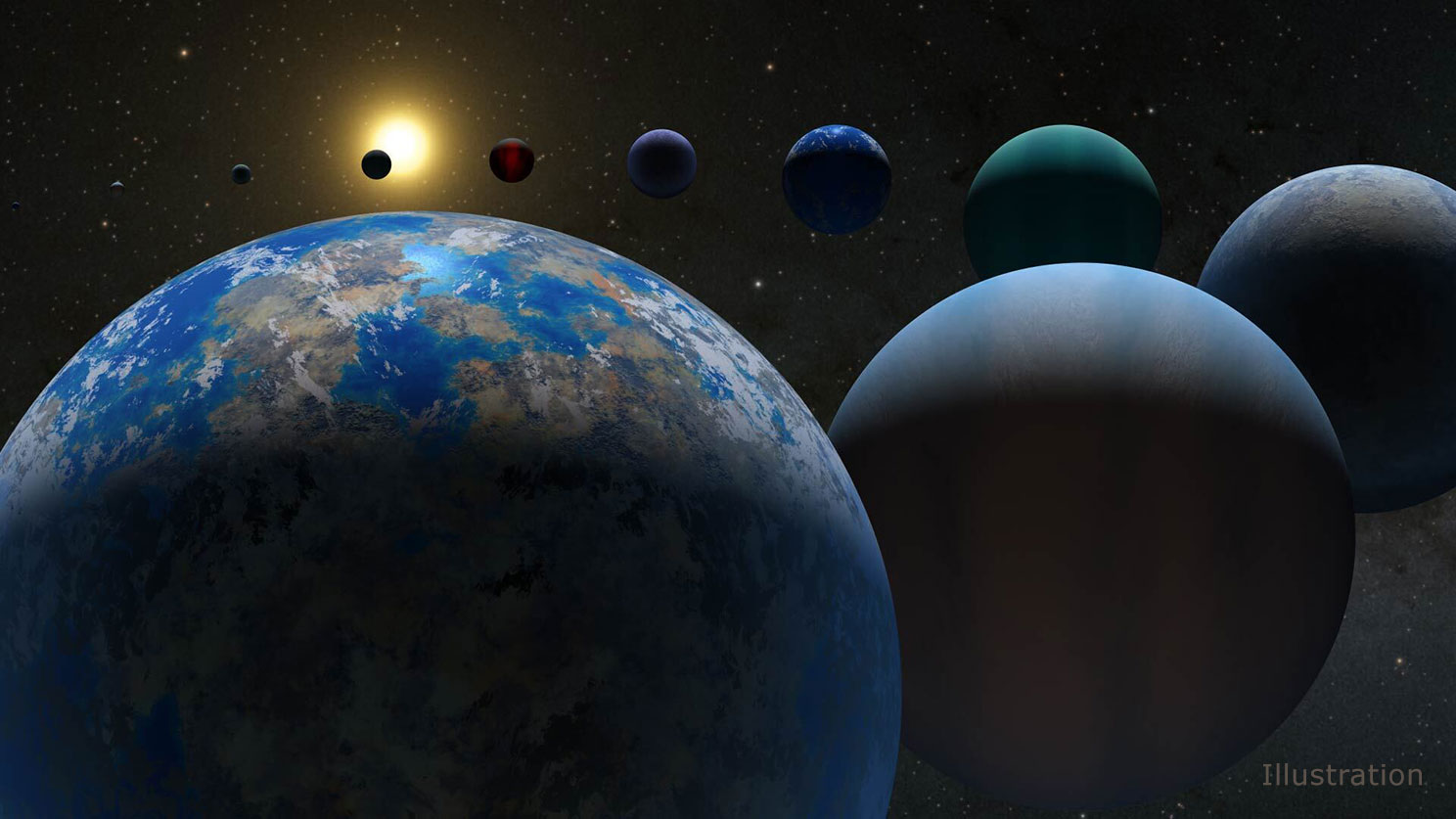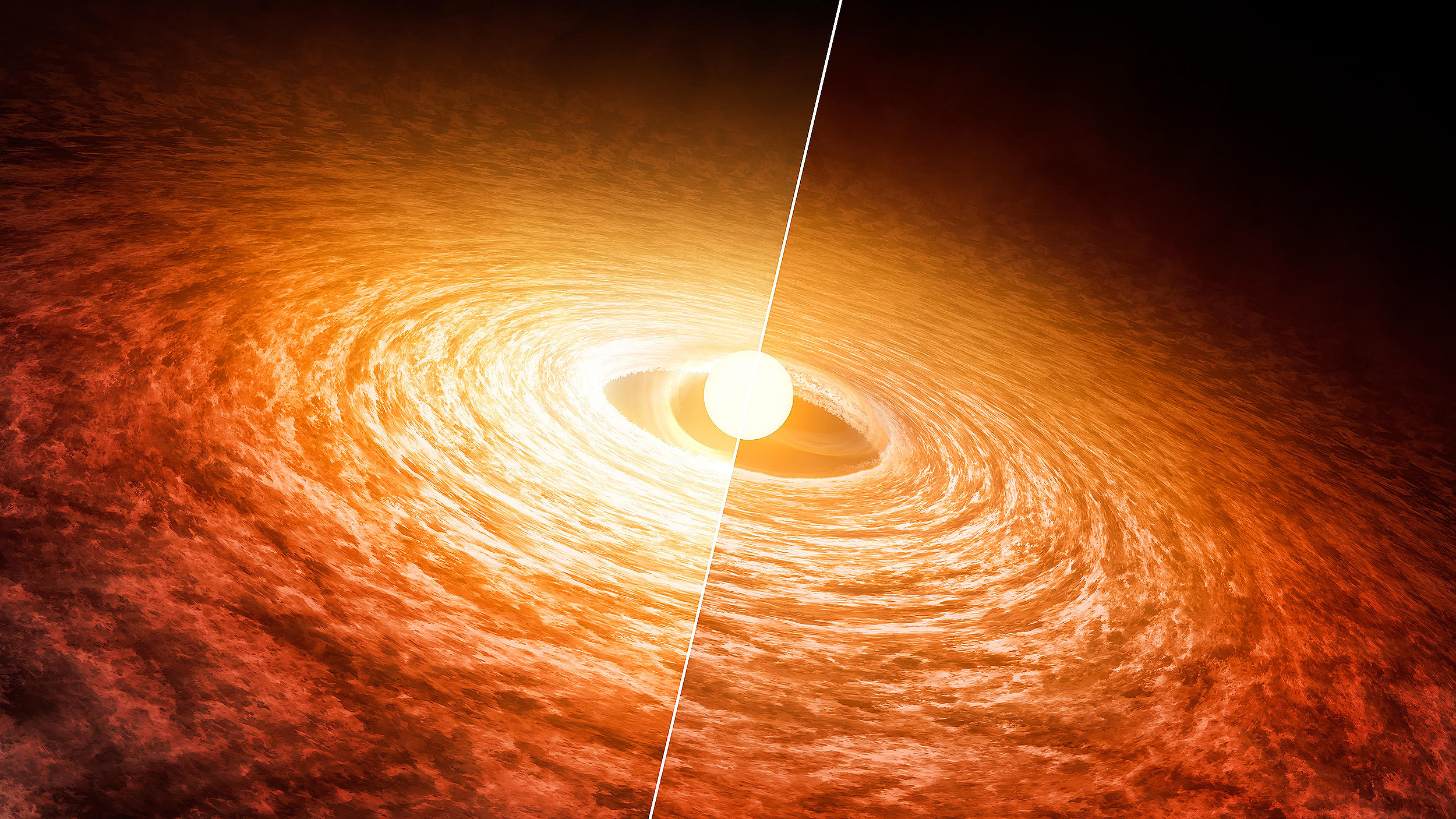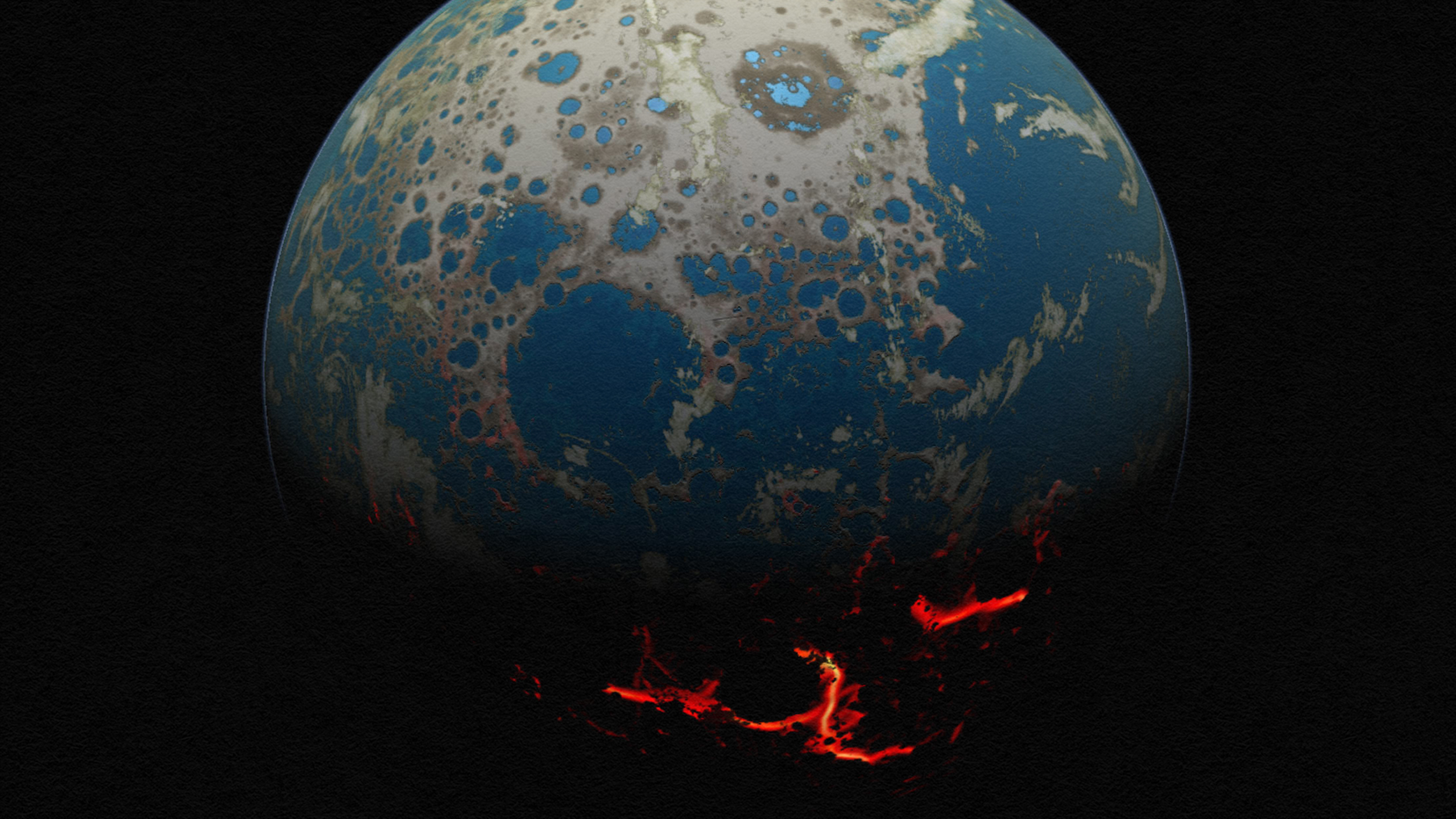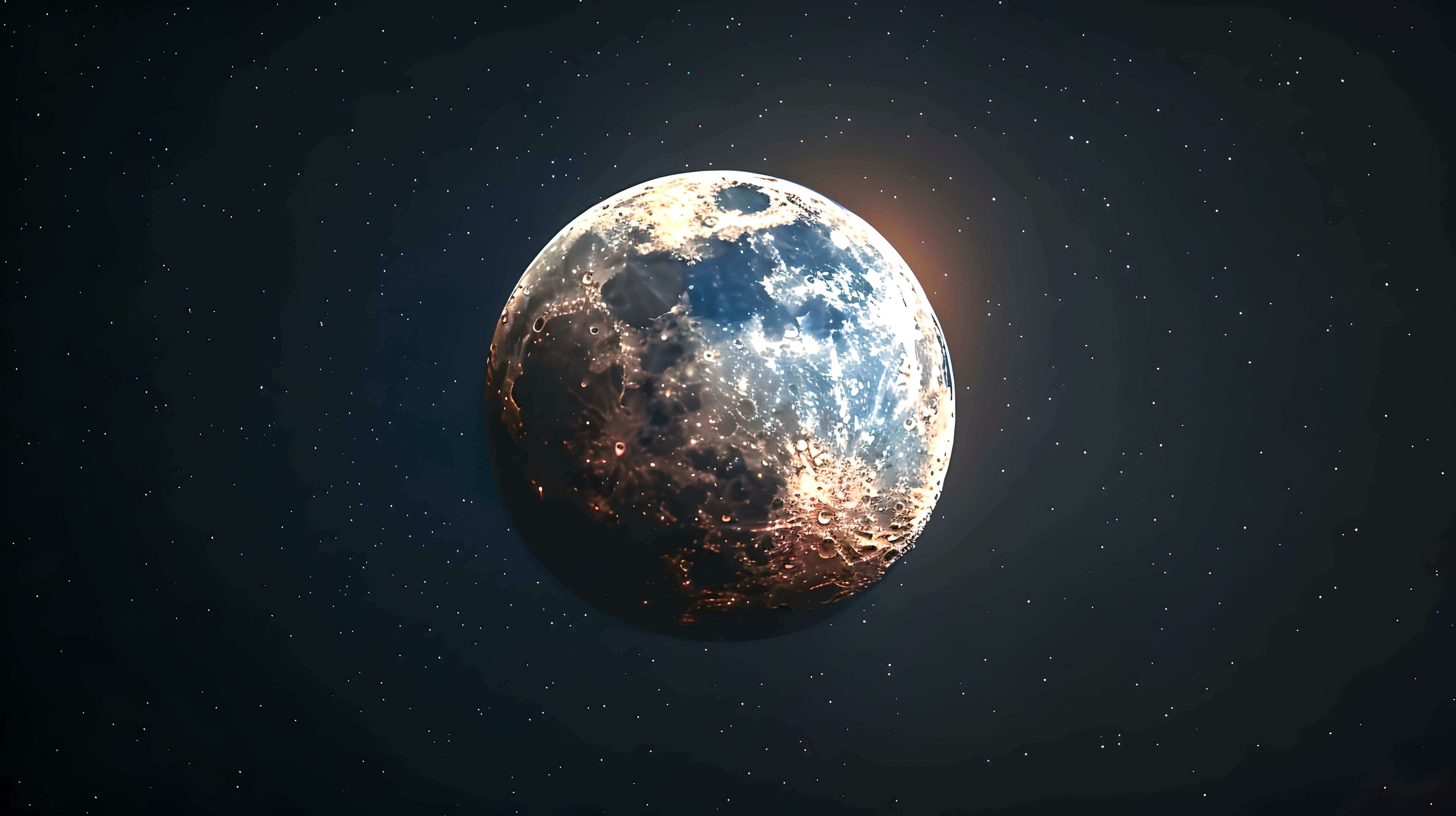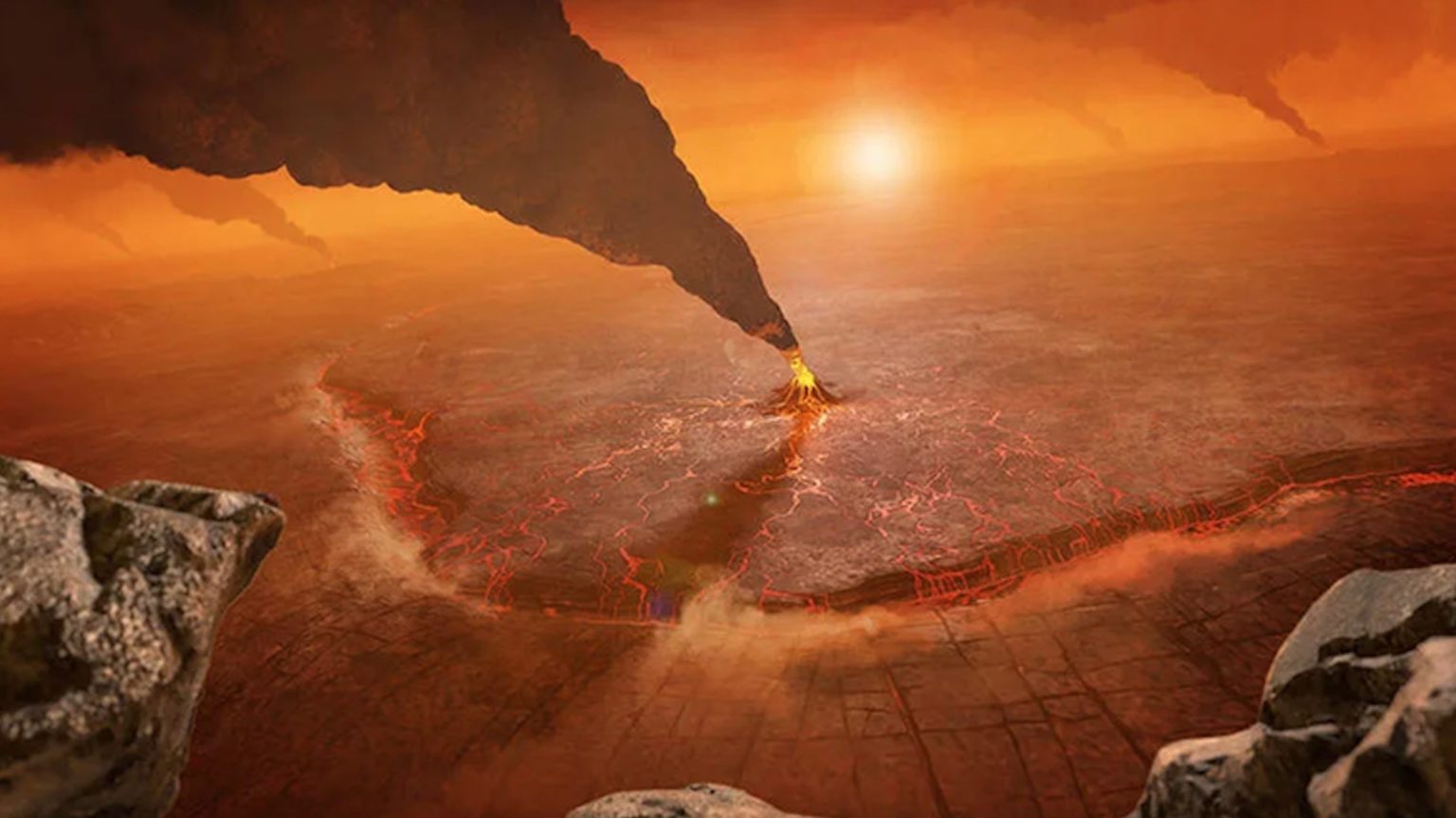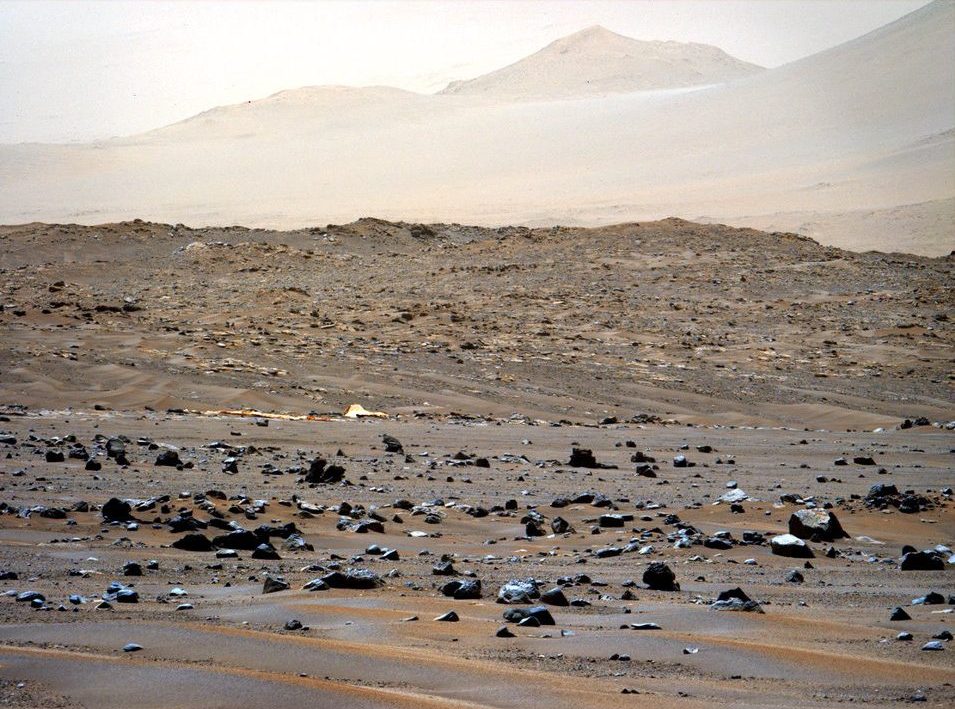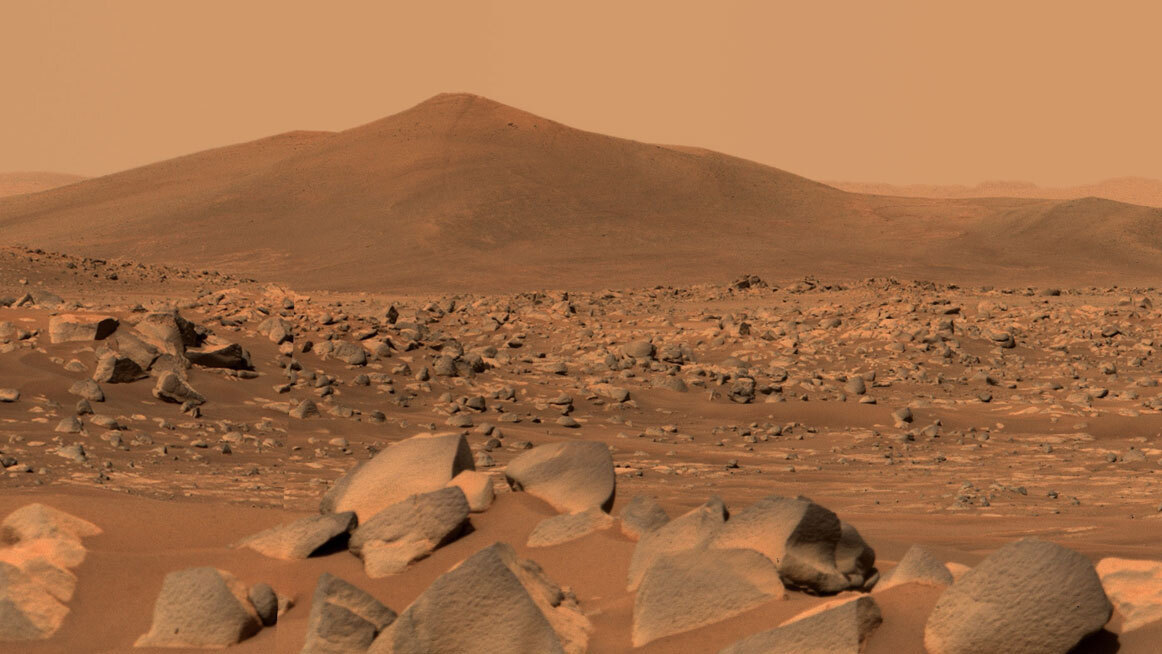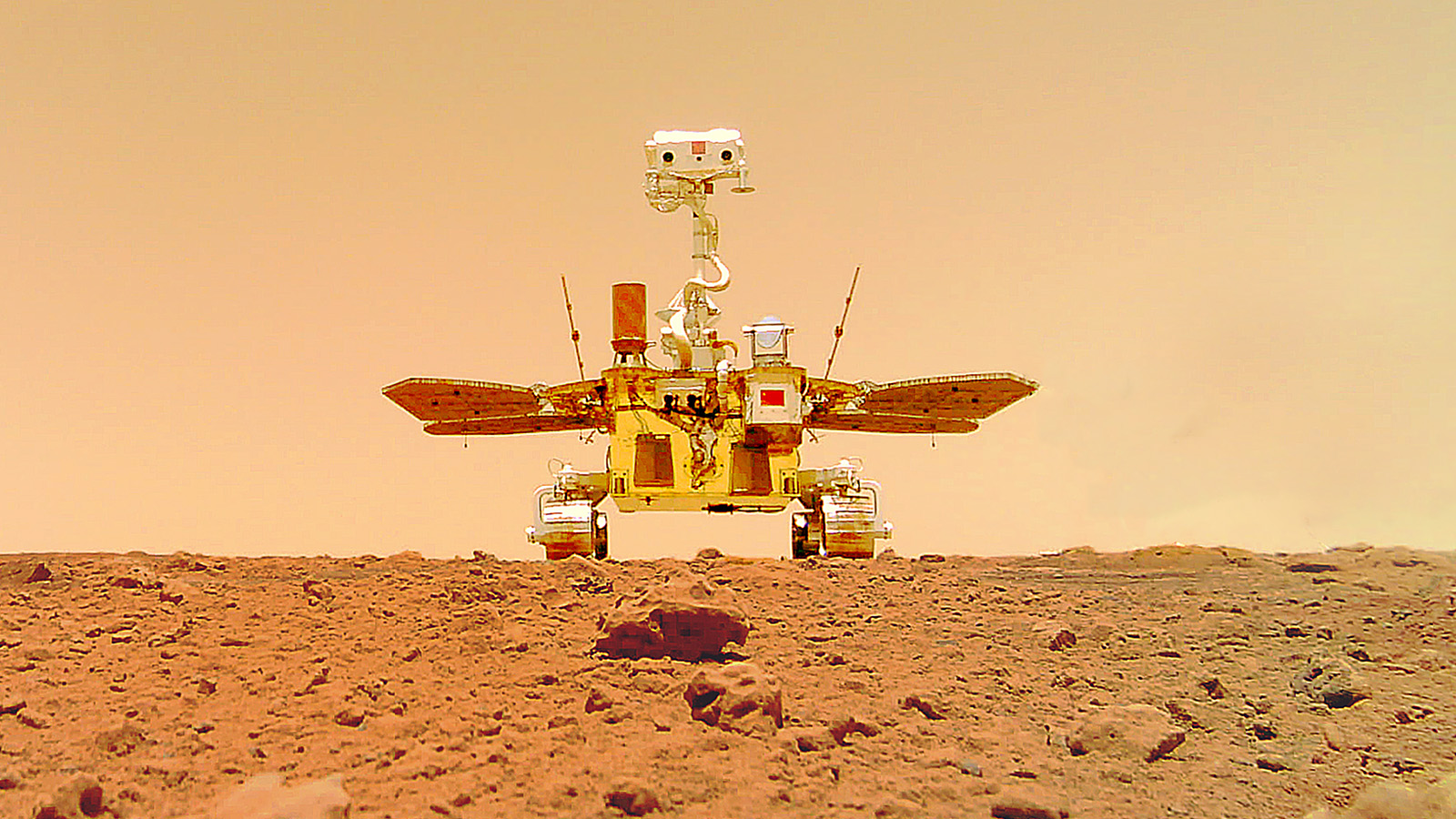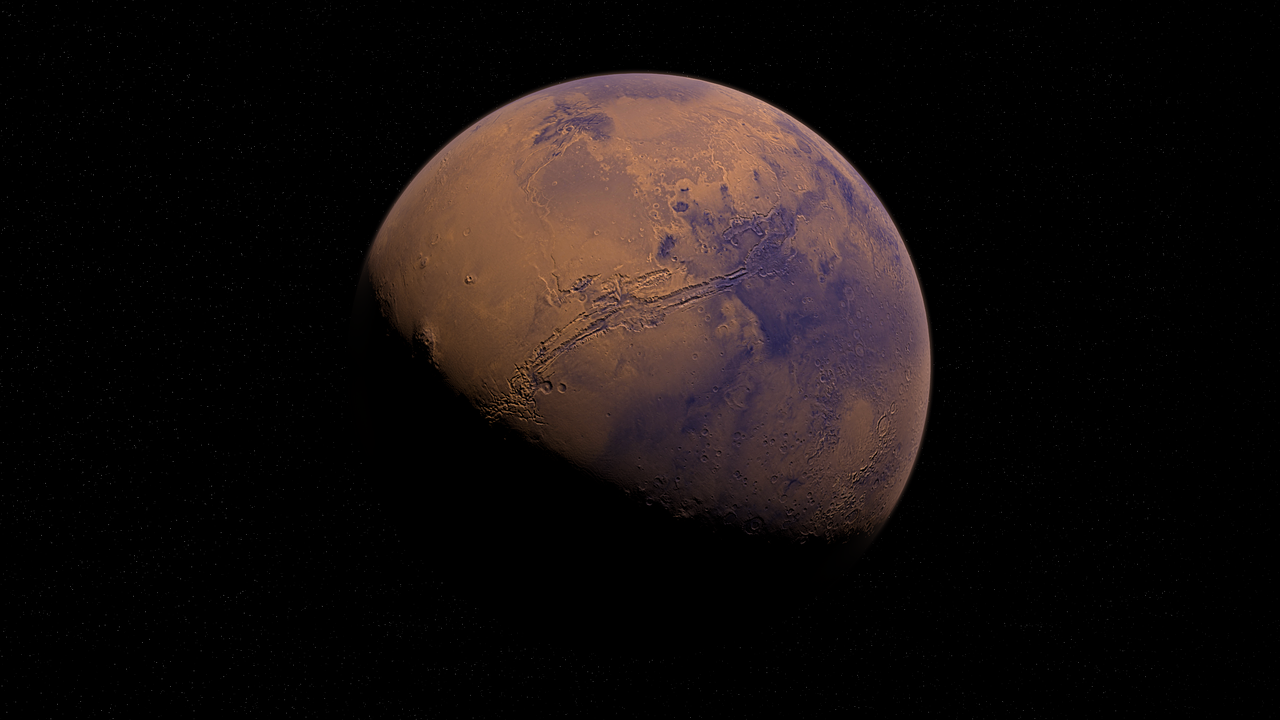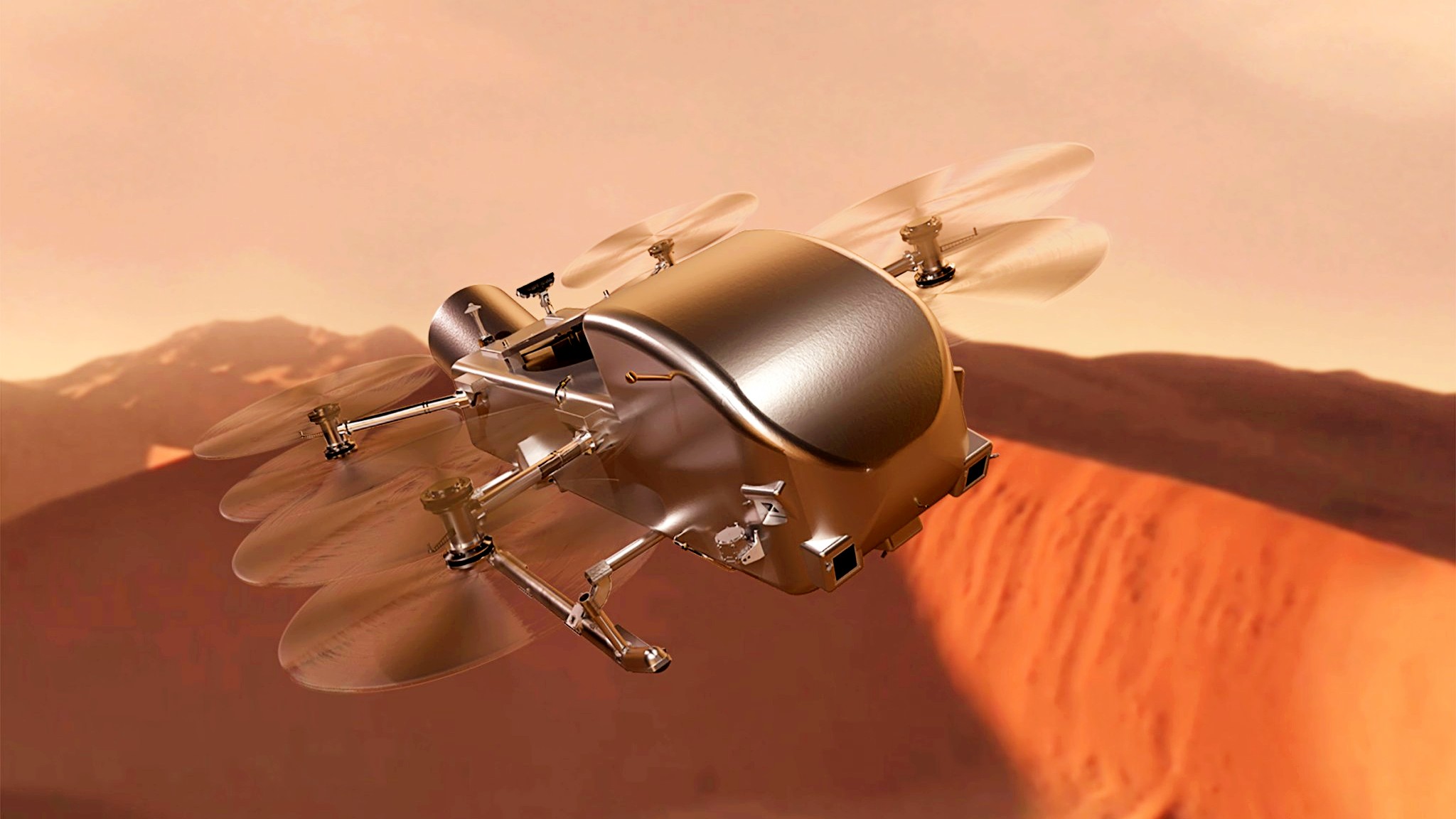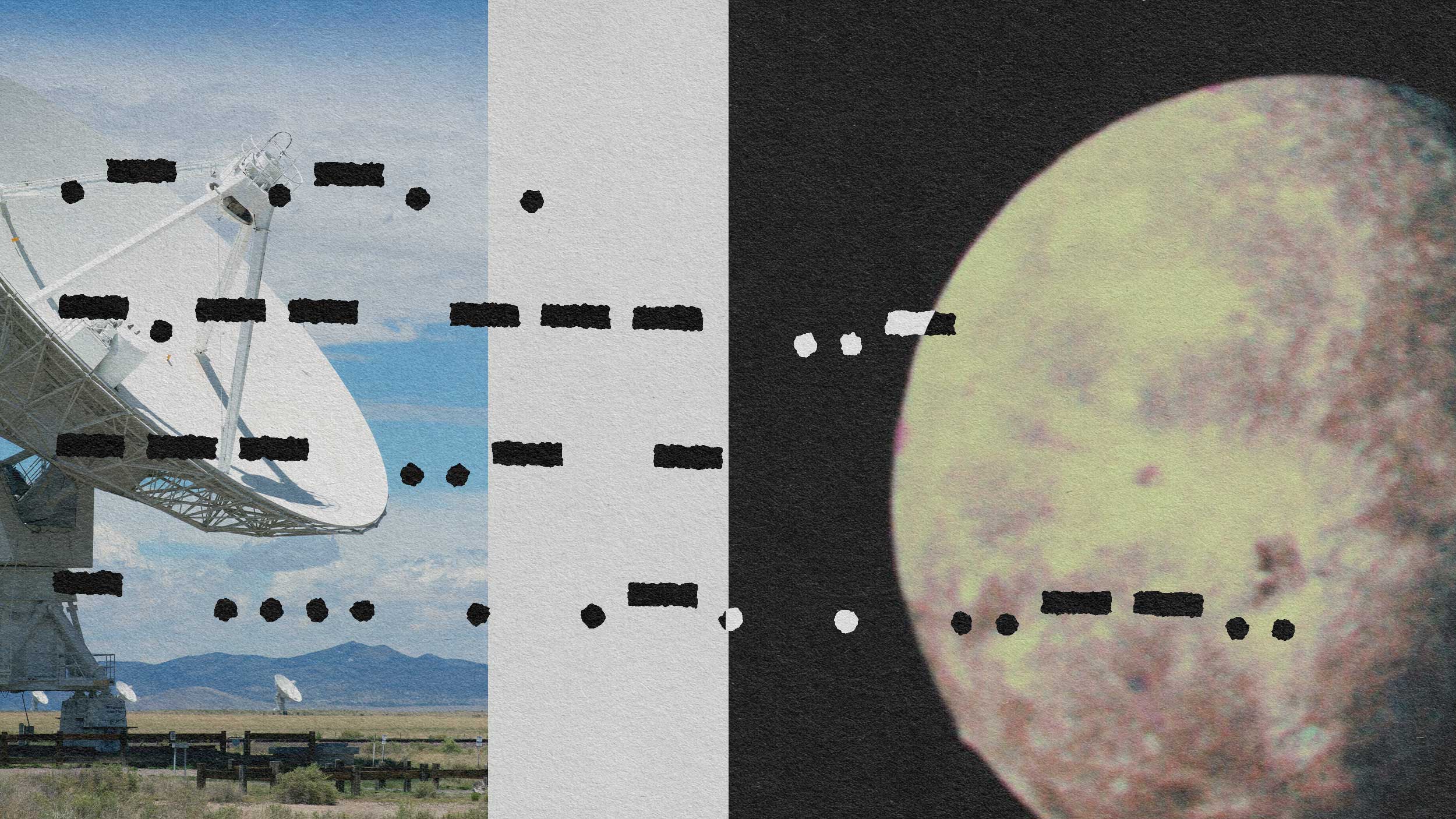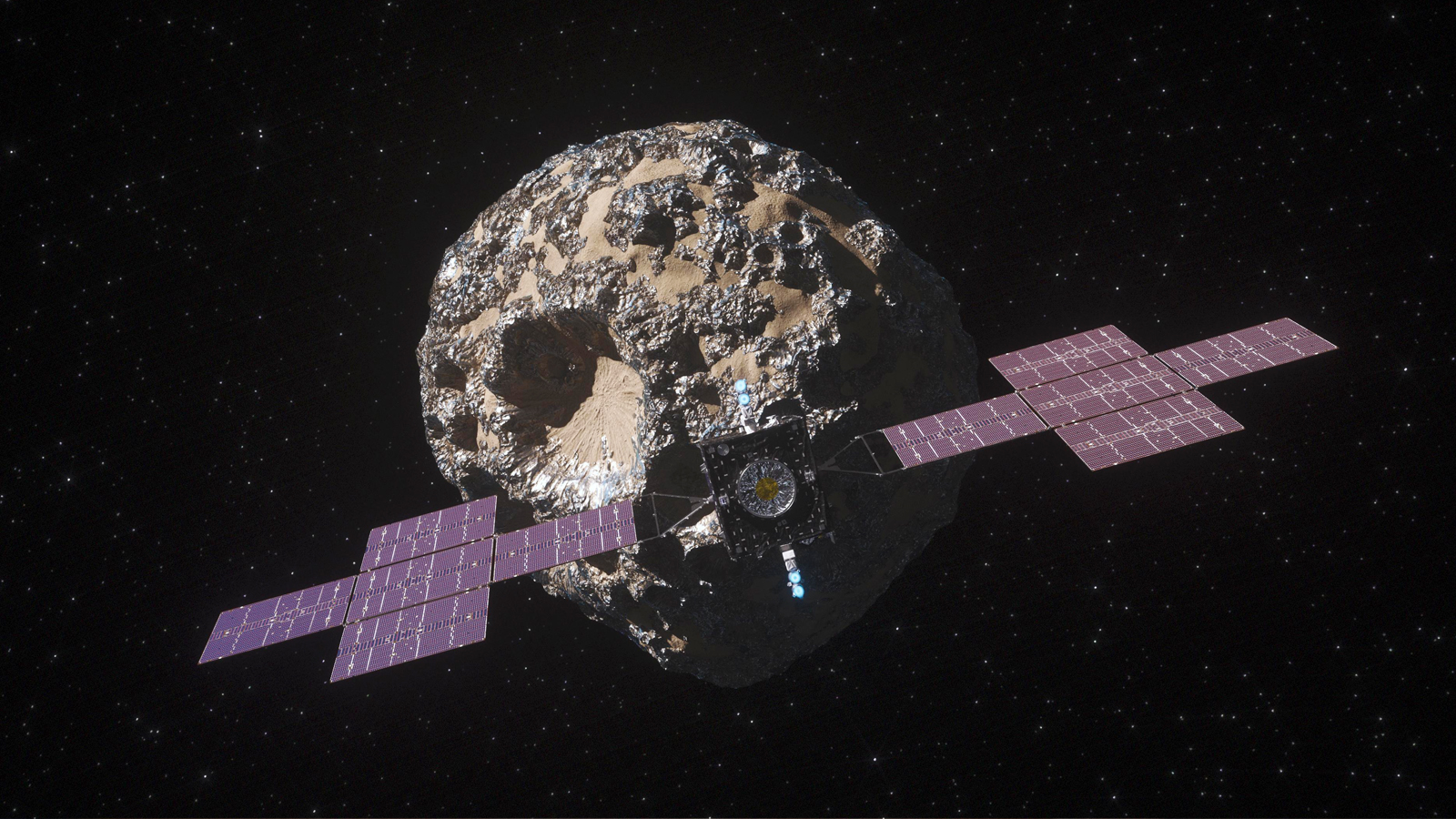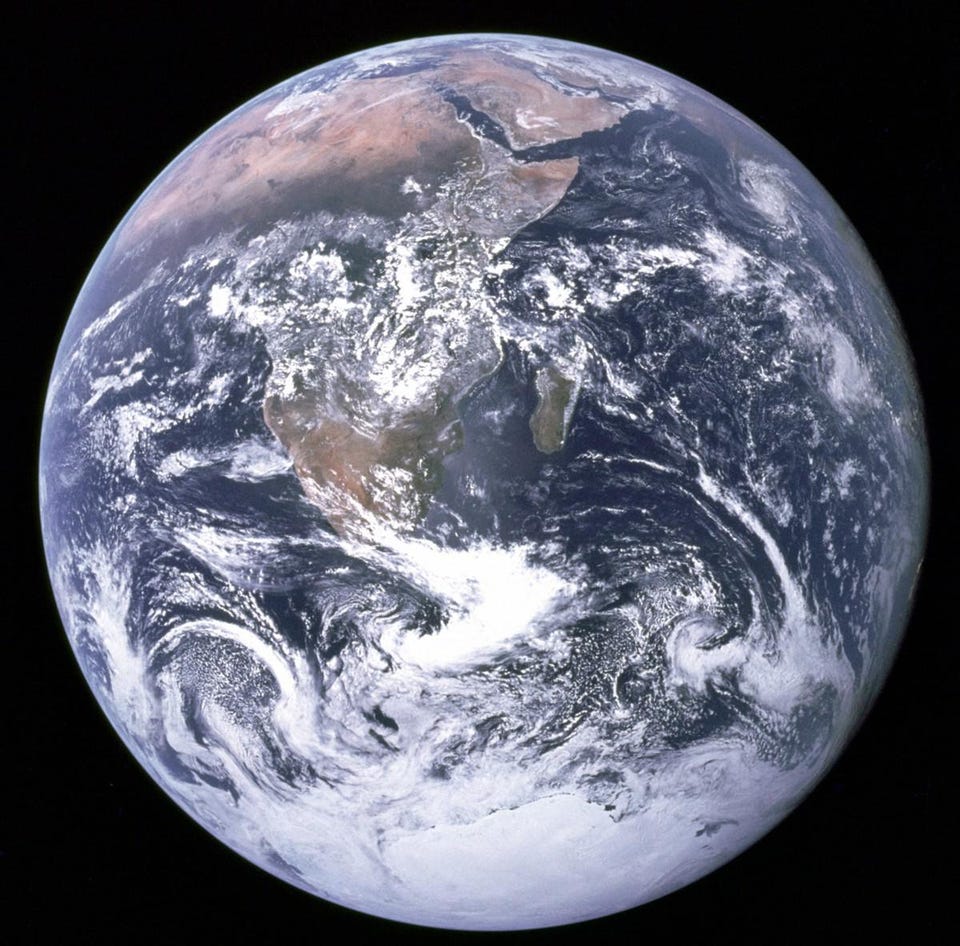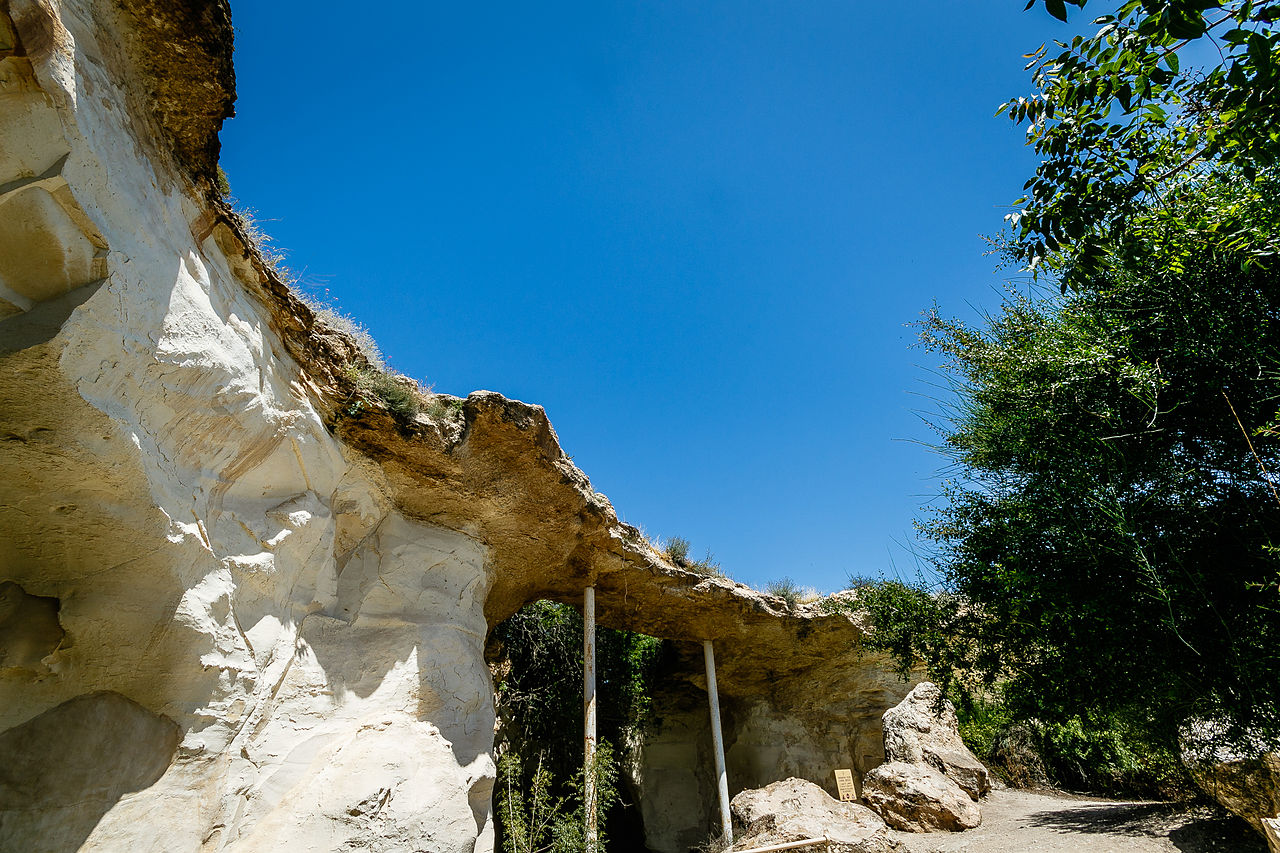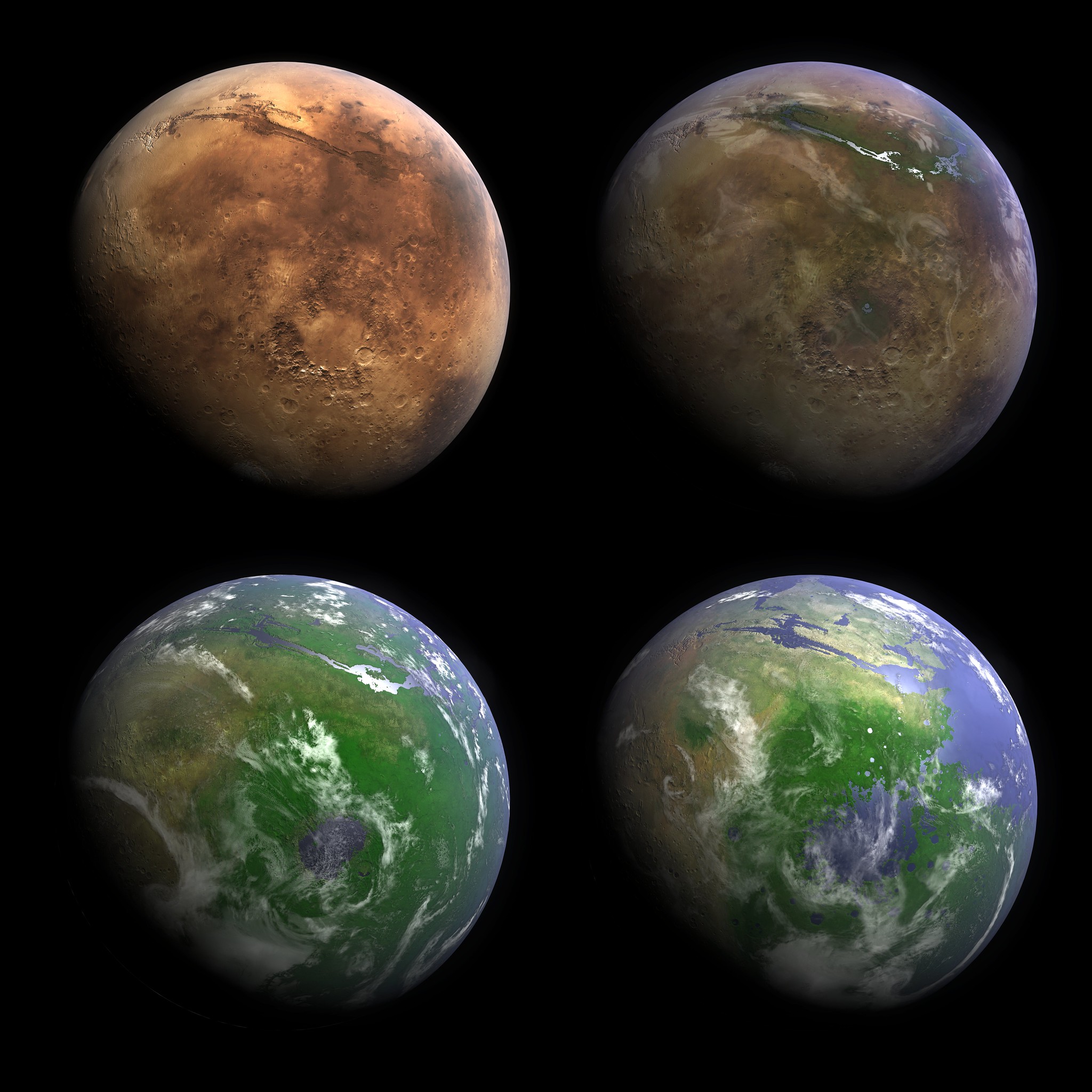The number of planets that could support life may be far greater than previously thought, a recent discovery suggests.
Search Results
You searched for: Mars
Compared to Earth, Mars is small, cold, dry, and lifeless. But 3.4 billion years ago, a killer asteroid caused a Martian megatsunami.
Although early Earth was a molten hellscape, once it cooled, life arose almost immediately. That original chain of life remains unbroken.
It’s not about fairness. It’s about using every possible advantage.
The giant impact theory suggests our Moon was formed from proto-Earth getting a Mars-sized strike. An exoplanet system shows it’s plausible.
Freethink’s weekly countdown of the biggest space news, featuring a stranded space factory, Jeff Bezos’ new moon lander, and more.
Organic molecules can be produced by living or non-living systems. But the recent findings are very intriguing.
From size to mass to density and more, each world in our Solar System is unique. When we compare them, the results are truly shocking.
For now, our Solar System’s eight planets are all safe, and relatively stable. Billions of years from now, everything will be different.
Until the Apollo missions, we had no idea how the moon got here, just a series of educated guesses. They rewrote the story of the moon’s origins.
There’s an extremely good chance that there is, or at least was, life on Mars. But is it native to Mars, or did it originate from Earth?
NASA’s Juno mission, in orbit around Jupiter, occasionally flies past its innermost large moon: Io. The volcanic activity is unbelievable.
Thanks to a couple of rovers, we know Mars was once blue.
Dead whales inspire a way to find extraterrestrial life on Mars.
The structure of our Solar System has been known for centuries. When we finally started finding exoplanets, they surprised everyone.
Newborn stars are surrounded only by a featureless disk. Debris disks persist for hundreds of millions of years. So when do planets form?
Looking back on our planet’s early history offers a new (and less crazy) meaning for the idea of a “flat Earth.”
Finding life beyond our Solar System requires understanding its host planet.
Dinosaurs and other beasts were once thought to be the “undisputed masters” of Venus.
Yes, NASA’s Perseverance rover found organics on Mars. So did Curiosity. Unfortunately, that doesn’t mean anything in the search for life.
There’s a whole lotta shakin’ goin’ on beneath the single plate of Mars.
Data from the Zhurong rover suggests the Red Planet was wet more recently than we thought.
A new study of Martian dust gives insights into the ancient Martian climate. The findings hint at a wetter world.
NASA’s minivan-sized drone is scheduled to search for signs of life on Titan in 2034.
Since 1962, humanity has been sending messages into space with the intent to make contact with intelligent extraterrestrials. Are those efforts worth the risks?
Whether you call it 10 quintillion, 10 million trillion, or 10 billion billion, it’s a 1 followed by 19 zeroes.
There’s an entire Universe out there. So, with all that space, all those planets, and all those chances at life, why do we all live here?
Instead of worshipping Yahweh, the devotees were perhaps dedicated to Mars and Jupiter.
Was there ever life on Mars? Is there life on Mars now? Did it originate there or here, on Earth? All possibilities are fascinating.
